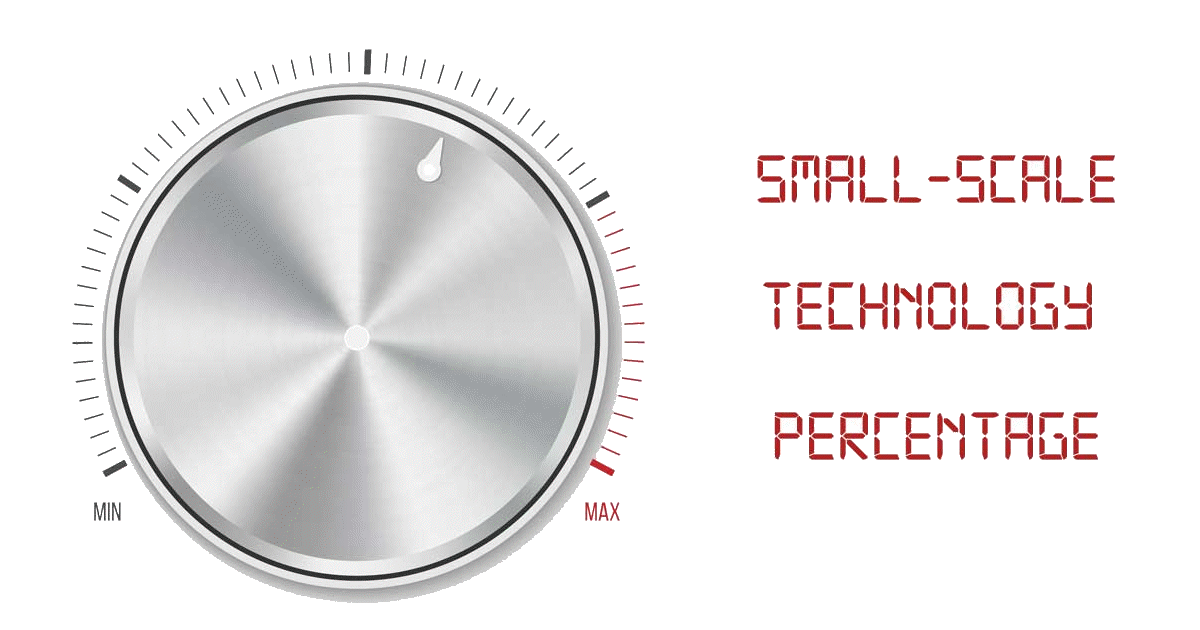
The Clean Energy Regulator has announced the Small-scale Technology Percentage (STP) for 2021 – here’s what that means for Australians considering going solar.
Australia’s “solar rebate” is based on Small-scale Technology Certificates (STCs) that are created for eligible solar power system installations. The number of certificates accompanying a system depends on its solar panel capacity, where the system is installed and the year of installation.
While STCs can’t be created until after a system is installed, they are usually traded for a point-of-sale discount. The solar business or its agent then sells the STCs created after the installation to liable entities – primarily electricity retailers – that are required to purchase them.
Each year, the Small-scale Technology Percentage (STP) is adjusted, which determines the number of STCs electricity retailers must surrender to meet their obligations under the Small-scale Renewable Energy Scheme (SRES).
Yesterday, the Clean Energy Regulator announced the STP has been set at 28.80% for 2021. Liable entities will be required to surrender approximately 50.6 million STCs.
The following shows the Regulator’s STP settings for the last few years
- 2020: 24.40 per cent (~42.6 million STCs)
- 2019: 21.73 per cent (~37.4 million STCs)
- 2018: 17.08 per cent (~29.3 million STCs)
- 2017: 7.01 per cent (~12.5 million STCs)
What Does This Mean For The Solar Rebate?
The value of STCs varies according to market conditions. The maximum possible value of a certificate is $40 and the minimum is $0. Over the last year, STC value has remained above $37 and prior to the Regulator’s announcement, spot prices for STCs were around $38.75 on March 1.
Conditions supporting a high STC value include a high level of demand from liable entities, and there will be that element this year. There will also be large supply given the ongoing popularity of scale-solar solar power. But this will be counteracted somewhat by the ongoing phaseout of the solar rebate that results in systems being eligible for fewer STCs from January 1 each year until 2030, after which STCs won’t be issued.
For example, a 6.6kw solar system installed in Sydney on December 31 last year was eligible for 100 STCs. On January 1 this year, that dropped to 91 certificates, and it will drop to 82 on January 1, 2021 – and so on.
It seems conditions should be present in 2021 to maintain high STC spot prices – but this is not set in stone. In 2017, prices dropped to around the $29 mark at one point due to consistent oversupply and this had a significant impact on the level of subsidy available. If you’re still contemplating going solar, it’s worth keeping tabs on STC prices.
On a related note, SolarQuotes’ STC calculator will show you how many STCs a system will be eligible for and indicate how much the subsidy could be, based on a STC value setting you can customise. You can view current STC spot prices on DemandManager. Bear in mind a solar business may charge a fee for handling the creation and sale of the certificates so it can provide the up-front discount (i.e. the “rebate”).

 RSS - Posts
RSS - Posts



Speak Your Mind